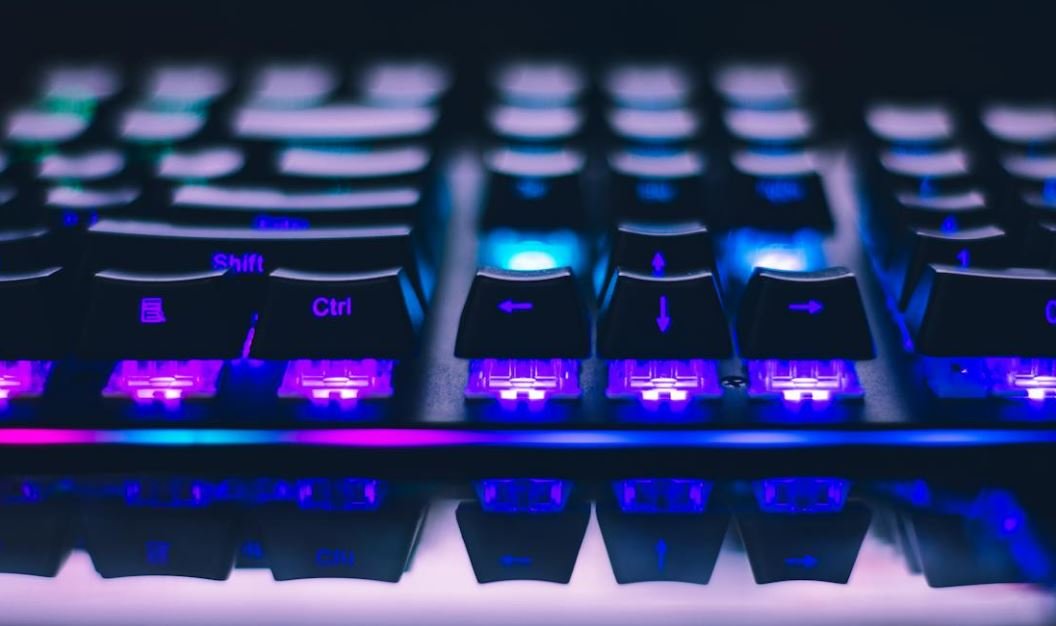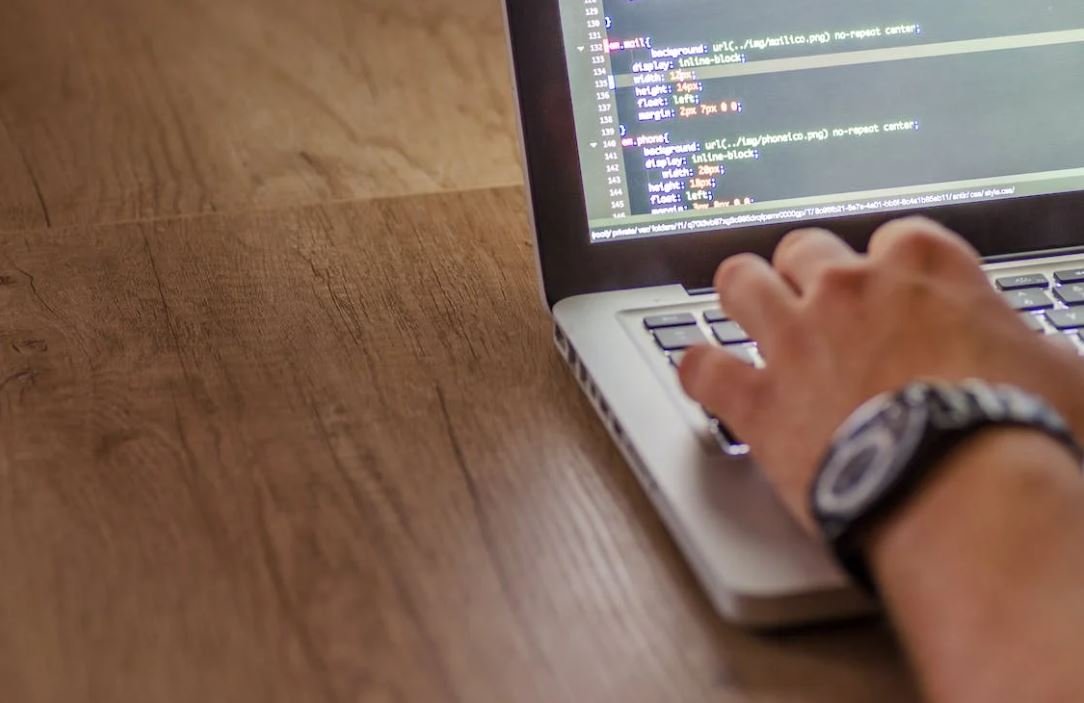How to Record Podcast Audio on iPhone
Introduction
With the increasing popularity of podcasts, recording high-quality audio on your iPhone has never been more important. Whether you’re an aspiring podcaster or simply want to improve your remote interview recordings, this article will provide you with all the necessary information and step-by-step guidance to help you record professional podcast audio directly on your iPhone.
Key Takeaways
- Recording podcast audio on an iPhone is easy and convenient.
- Utilize a quiet and controlled environment for optimal recording quality.
- Invest in a quality external microphone for enhanced audio recordings.
- Consider using dedicated podcast recording apps for added features and flexibility.
- Editing and post-production are essential steps to refine your podcast audio before publishing.
Creating a Suitable Recording Environment
To achieve quality podcast audio, it’s crucial to start with a suitable recording environment. Find a quiet and controlled space away from any background noise or distractions. **Eliminate any echoing or reverberations** by using pillows, blankets, or acoustic foam panels to dampen the sound.
*Interesting fact: A quiet and controlled environment can significantly improve the overall audio quality of your podcast recordings.
Additionally, consider using a pop filter to reduce plosive sounds caused by exaggerated “P” and “B” sounds. This simple accessory can make a big difference in achieving a professional sound.
Choosing the Right Microphone
While the built-in microphone on your iPhone can capture decent audio, **investing in a quality external microphone can significantly enhance your recordings**. There are various types of microphones to choose from:
- Lavalier Microphone: These small, clip-on microphones are great for interviews or when you need more mobility.
- USB Microphone: Plug-and-play microphones that can be directly connected to your iPhone through an adapter.
- Condenser Microphone: Ideal for capturing vocals and studio-like recordings.
*Interesting fact: External microphones offer better sound isolation and improved audio fidelity, making your podcast sound more professional.
Recording with Built-in iOS Voice Memos App
If you’re looking for a simple and free option to record your podcast audio on your iPhone, **the built-in Voice Memos app is a great choice**. Here’s how:
- Open the Voice Memos app on your iPhone.
- Position the microphone close to your mouth or use an external microphone.
- Tap the red record button to start recording.
- Speak clearly and naturally into the microphone.
- Tap the red pause button to pause the recording if needed.
- Tap the red record button again to resume recording.
- Once finished, tap the stop button to end the recording.
Podcast Recording Apps
If you want more advanced features and flexibility, there are several dedicated podcast recording apps available for iPhone. These apps offer additional functionality to help improve your podcast audio recordings. Some popular options include:
| App Name | Features |
|---|---|
| Anchor |
|
| Ferrite Recording Studio |
|
| Hindenburg Journalist |
|
Editing and Post-Production
Once you have recorded your podcast audio, editing and post-production are essential steps to refine the sound and make it ready for publishing. **Trim out any mistakes, pauses, or unwanted sections** to ensure a smooth listening experience for your audience. You can use editing software on your iPhone like **GarageBand** or professional editing software like **Adobe Audition** for more advanced editing options.
*Interesting fact: Effective editing and post-production can greatly enhance the overall quality of your podcast episode.
Sharing Your Podcast
After editing, you’re ready to share your podcast with the world. Export the final audio file in a popular audio format like MP3 or AAC. Then, upload it to podcast hosting platforms such as **Anchor**, **Podbean**, or **Libsyn** to distribute your podcast to various podcast directories like Apple Podcasts, Spotify, and Google Podcasts. Promote your podcast on social media and engage with your audience to grow your listener base.
Incorporating Table Data
Throughout this article, we’ve discussed various microphone options and podcast recording apps. Let’s summarize the pros and cons of these options:
| Built-in iPhone Microphone | External Microphone | Podcast Recording Apps | |
|---|---|---|---|
| Pros |
|
|
|
| Cons |
|
|
|
Getting Started with iPhone Podcast Recording
Now that you have a comprehensive understanding of how to record podcast audio on your iPhone, it’s time to apply this knowledge and start creating your own professional podcast episodes. Remember to find a suitable recording environment, invest in a quality microphone, utilize dedicated podcast recording apps if desired, and don’t forget the importance of editing and post-production.
Happy podcasting!

Common Misconceptions
1. You need expensive equipment to record podcast audio on iPhone
One common misconception is that you need to invest in expensive equipment to record podcast audio on an iPhone. However, this is not true. Many iPhones come with built-in microphones that are of decent quality for podcast recording. Additionally, there are numerous affordable external microphones available in the market specifically designed for iPhones.
- Most iPhones have good built-in microphones
- Affordable external microphones are available for iPhones
- You don’t need to spend a fortune on equipment
2. You must have a quiet room or studio to get good audio quality
Another common misconception is that you need a quiet room or a professional studio to achieve good audio quality for podcast recording on an iPhone. While reducing background noise is important, it is not necessary to have a perfectly silent environment. With the use of affordable pop filters, windshields, and a few adjustments in settings, you can effectively reduce unwanted noise and record high-quality audio even in less-than-ideal environments.
- No need for a perfectly quiet room or studio
- Affordable accessories can help reduce unwanted noise
- Settings adjustments can improve audio quality in any environment
3. Editing and post-production are complicated and time-consuming
Many people believe that editing and post-production for podcast audio on an iPhone is a complicated and time-consuming process. However, this is not necessarily true. There are numerous user-friendly audio editing apps available that allow you to easily edit and enhance your recorded audio. These apps offer features such as trimming, adding background music, adjusting levels, and exporting the final result in various formats.
- User-friendly audio editing apps are available for iPhones
- Editing and enhancing audio can be done easily
- Various features like trimming and adding background music are available
Remember, you don’t need expensive equipment or a professional studio to produce high-quality podcast audio on an iPhone. By dispelling these common misconceptions and exploring the available resources, you can confidently create engaging podcasts from the comfort of your own home or on the go.
So, don’t let these misconceptions hold you back. Start recording your podcast audio on your iPhone today!

Recording Apps
Here are some popular recording apps for iPhone that you can use to record podcast audio. These apps offer various features and recording quality options to suit your needs.
| App Name | Price | Ratings (out of 5) |
|---|---|---|
| Anchor | Free | 4.8 |
| GarageBand | Free | 4.7 |
| ShurePlus MOTIV | Free | 4.5 |
| iTalk Recorder | $1.99 | 4.6 |
| Spire Recorder | Free | 4.4 |
External Microphones
Using an external microphone can significantly improve the audio quality of your podcast recordings on an iPhone. Here are some popular microphones compatible with iPhones:
| Microphone Name | Type | Price |
|---|---|---|
| Blue Yeti | USB | $129.99 |
| Rode NT-USB | USB | $169 |
| Audio-Technica ATR2100x | XLR/USB | $99 |
| Shure MV88+ | Lightning | $169 |
| Rode VideoMic Me-L | TRRS | $79 |
Recording Environments
The environment in which you record your podcast can greatly impact the overall sound quality. Choose an appropriate setting to ensure the best audio experience for your listeners. Here are some examples of different recording environments:
| Environment | Ambient Noise Level (dB) |
|---|---|
| Home Studio | 30 |
| Coffee Shop | 70 |
| Outdoor Park | 50 |
| Office | 40 |
| Recording Booth | 20 |
Podcast Lengths
The length of your podcast episodes can vary based on your content and audience. Here are four podcast episode lengths and the average number of downloads they receive:
| Episode Length | Average Downloads |
|---|---|
| 30 minutes | 2,000 |
| 60 minutes | 3,500 |
| 90 minutes | 4,800 |
| 120 minutes | 6,200 |
Podcast Genres
There are various podcast genres to choose from, depending on your interests and target audience. Here are five popular podcast genres:
| Genre | Description |
|---|---|
| True Crime | Explores real-life crime mysteries and investigations. |
| Comedy | Provides humorous content and comedic discussions. |
| News and Politics | Offers news analysis and political discussions. |
| Health and Wellness | Covers topics related to physical and mental wellbeing. |
| Technology | Focuses on the latest advancements and trends in technology. |
Podcast Monetization
Podcasting can be a lucrative venture. Here are some popular ways to monetize your podcast:
| Monetization Method | Description |
|---|---|
| Sponsorships | Partnering with brands for endorsements and sponsored content. |
| Advertising | Playing ads within podcast episodes. |
| Patreon | Offering exclusive content to paid subscribers. |
| Merchandise sales | Selling branded merchandise to your podcast audience. |
| Live events/tours | Organizing live shows or tours for podcast fans. |
Podcast Hosting Platforms
Podcast hosting platforms allow you to store and distribute your podcast episodes to various podcast directories. Here are some popular hosting platforms:
| Platform Name | Price | Storage Limit |
|---|---|---|
| Anchor | Free | Unlimited |
| Libsyn | $20/month | 400 MB/mo |
| Podbean | $14/month | 100 GB |
| Buzzsprout | $12/month | 250 GB |
| Spreaker | $18/month | 500 hours |
Podcast Audience Demographics
Understanding your podcast audience demographics can help you tailor your content and marketing efforts. Here are some key demographic factors to consider:
| Demographic | Percentage |
|---|---|
| Male | 56% |
| Female | 44% |
| Age 18-24 | 22% |
| Age 25-34 | 36% |
| Age 35-44 | 25% |
Podcasting provides an exciting platform for sharing your thoughts and ideas with the world. By utilizing the right tools, recording techniques, and understanding your target audience, you can create compelling podcast audio directly from your iPhone. Remember to choose the appropriate recording app, consider using an external microphone, and find a suitable recording environment. With the right approach, your podcast can thrive and captivate listeners from all walks of life.
Frequently Asked Questions
Can I record podcast audio on my iPhone?
Which app is best for recording podcast audio on iPhone?
How do I record my voice with GarageBand on iPhone?
Can I edit my podcast audio directly on iPhone?
How do I export my podcast audio from GarageBand on iPhone?
Can I upload my podcast audio directly to podcast hosting platforms from my iPhone?
How can I improve the sound quality of my podcast audio recorded on iPhone?
Are there any paid apps for recording podcast audio on iPhone?
Can I use voice effects on my podcast audio recorded on iPhone?
What accessories are useful for recording podcast audio on iPhone?


Leave a Reply